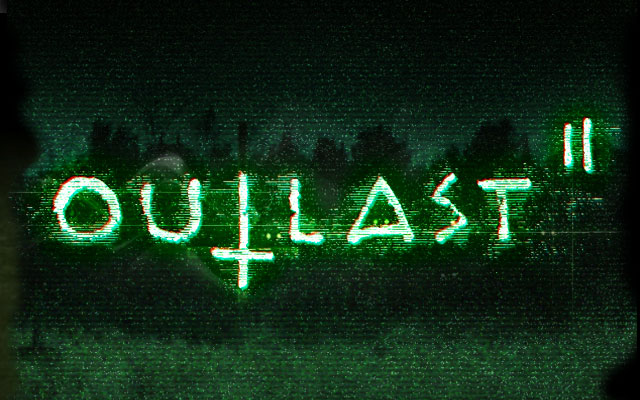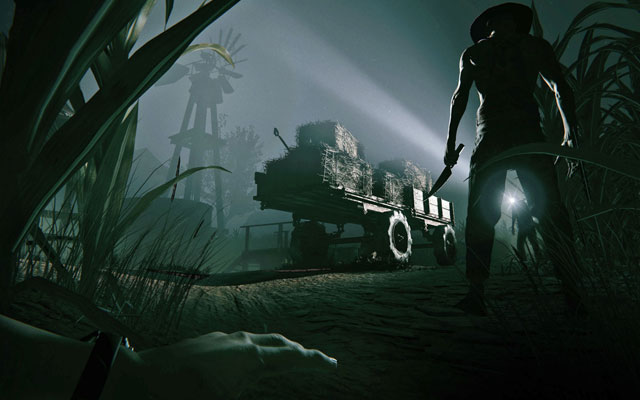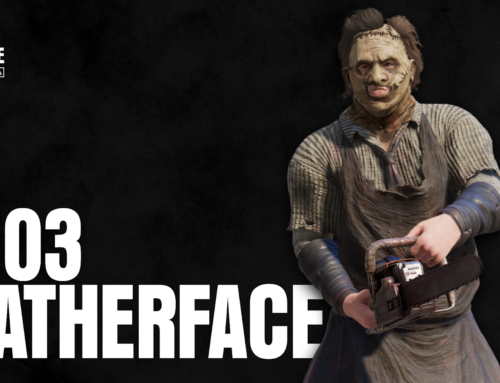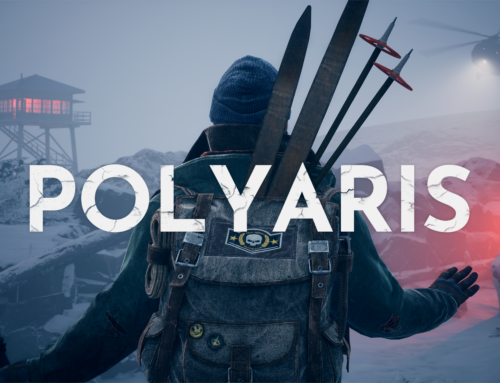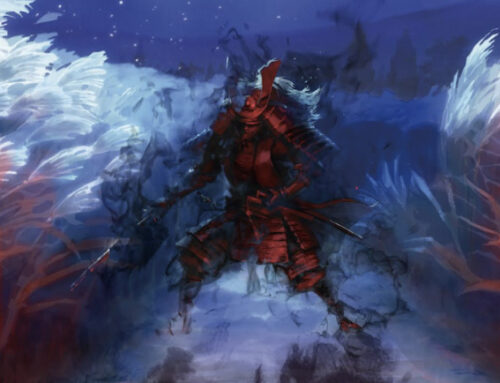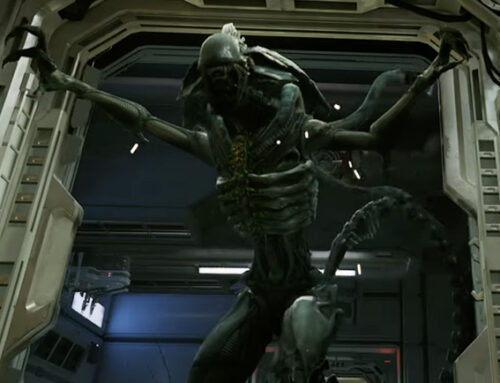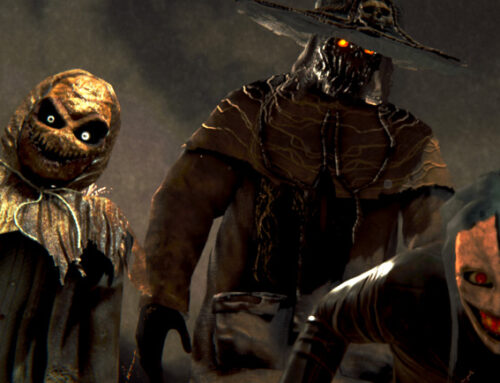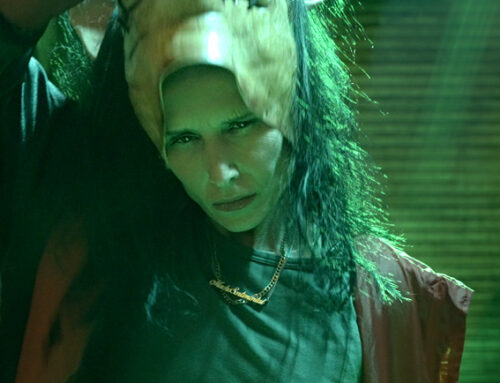When Outlast came out a few years back, it was a breath of fresh air. At the time, horror gaming was still caught up in the action-heavy style popularized by the later “Resident Evil” games, but Outlast focused instead on stealth and survival. In fact, it went so far away from the action-oriented style that it didn’t even include a combat system. Players simply had to run and hide. Outlast was a smash hit, selling over four million copies, so a sequel seemed inevitable. However, the development of this sequel took almost four years. That’s an awfully long time in development. So let’s find out if the wait was worth it.
Outlast is, much like the first game, about a reporter. This time you play as a man named Blake, part of a husband-and-wife reporter team who are investigating the strange death of a pregnant woman. However, on the way there their helicopter crashes and Blake finds himself separated from his wife in a tiny village (which really is not very tiny) not marked on any maps. In this village, Blake has to run away from cultists as he tries to reunite with his wife. Now, the plot of this game isn’t really connected with that of the first “Outlast” or its expansion “Whistelblower” and that in and of itself isn’t necessarily a bad thing. “Silent Hill 2” was a standalone game and it was easily the best in the series. However, the religious element of this game really feels like its just beating on the same drum as the first one. If this weren’t a sequel to Outlast it would be a great story obviously inspired by the first one. However, it is. So instead it retreads just enough ground to be a bit too familiar while still offering a lot of strong material. It’s a balancing act that doesn’t quite work.
Outlast looks pretty good, when you can actually see what’s going on around you. Much like the original Outlast, the use of night-vision to navigate around darkened areas is a central game mechanic. However, this time around they really over-use that mechanic and so you’ll frankly be spending more time with your night-vision on than with it off. A lot of things have a kind of plastic sheen to them which tells me that the lighting engine is a little off. There are also a few too many reused assets (the same painting being hung sometimes multiple places within the same house, for example). However, the visual design of the game is amazing. There was clearly a lot of love and effort put into making the game look creepy as hell, and it definitely succeeds at that.
The sound is perhaps the best thing about this game. Most of the voice-acting is decent to good, but the guy playing Knoth, one of the game’s main antagonists, just knocks it out of the park. He’s clearly going all-out to deliver this wild, deranged, Jim Jones-esque performance and he succeeds at it perfectly. The game’s score is nothing to scoff at, either. The score actually really helps to guide the player through the game, with the music changing depending on how dangerous the current situation is and even including different musical cues for different enemies. This is probably the only area of this game that I can say is great without any qualifiers.
Outlast plays almost exactly like the first game. There are a few minor changes, like the directional microphone, but really, it’s exactly the same. In fact, it is in some ways a step backward since you’ve got more long stretches without anything really going on, fewer places to hide, few reasons to hide. It boggles my mind that it took them almost four years to make a game that plays almost exactly the same.
I definitely recommend Outlast II, and you can get it in a set with the original game and its expansion pack for less than the price of a normal major release, which is nice. However, I recommend it with a lot of qualifiers. The game repeatedly stumbles over itself, but that doesn’t stop it from having flashes of absolute brilliance. At its core, Outlast II is a truly, deeply unsettling video game. However, sometimes you’re going to have to look past a lot of major flaws to see that.

